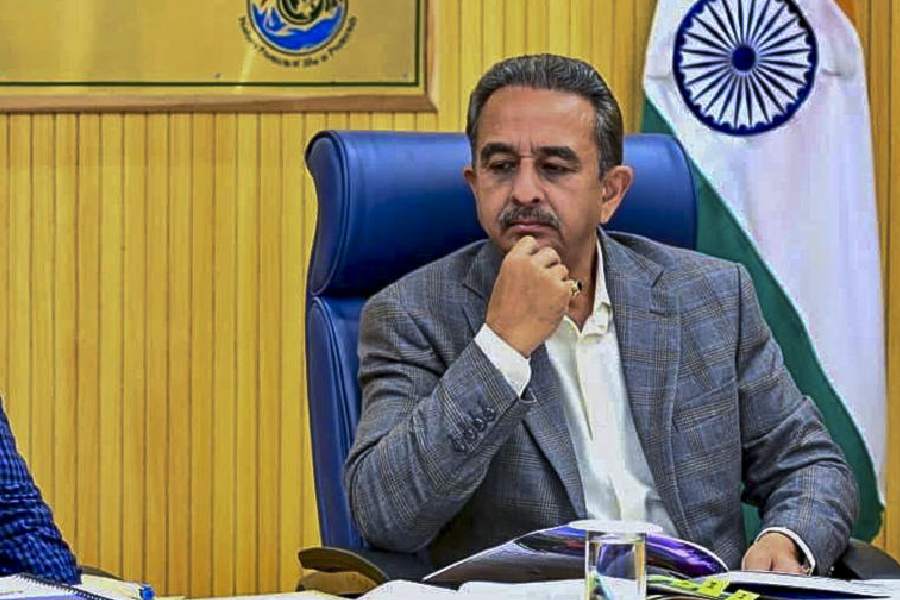 |
| Cardinal Telesphore P Toppo |
Ranchi, Aug. 31: Gossner Evangelical Lutheran (GEL) Church has said that they had started translating The Bible into Mal Pahariya, a dialect spoken widely by the tribe of the same name inhabiting Jharkhand’s Santhal Pargana and twin Singhbhums and Bengal’s Burdwan, Bankura and Murshidabad districts.
“The Bible has been translated into three tribal languages of Santhali, Mundari and Kurukh. The Bible Society of India, under the GEL Church, has begun translating it into Mal Pahariya, a mix of Bangla and Assamese languages. It’s a job that will take three years to finish,” Nelson Lakra, GEL moderator, told The Telegraph.
As the Mal Pahariya dialect, a mix of Bangla and Assamese, has no script of its own, the translation is being written in Devnagri.
For translation purposes, The Bible in Old English or Anglo Saxon language spoken by the English speaking people dating back to 7th century, characterised by words as thou, thine, shalt and so on, is taken as the base.
“The Bible was first translated from Latin into Old English. Hence, further translations of the holy book into other languages are done from that version,” the GEL moderator said.
Translation of The Bible from one language into another is an arduous task, given that cultural connotations and metaphors generally don’t cross very well. Languages also evolve and change with the times.
But, experts employ techniques to get as close to the original meaning as possible, make translation intelligible to contemporary users of the language and avoid misinterpretation.
“Minor languages or dialects such as the Mal Pahariya are limited in vocabulary. When it becomes difficult to explain concepts or communicate the exact meaning, words are coined or borrowed and adapted from another language to suit the situation. There was a time when word-for-word translation was done, but not any more. Today, the principle of meaning-based translation is followed,” Lakra said.
Translating religious works such as The Bible is a sensitive task, he admitted.
The GEL moderator recalled that in 2008, the Kurukh translation of the Bible, titled Nemha Bible and published by The Bible Society of India, had run into rough weather as non-Christian tribals termed portions as derogatory and burned copies and effigies of Cardinal Telesphore P. Toppo.
“It has never been our intention to hurt religious sentiments of people of other communities,” Lakra stressed. “The Bible is the most translated book in the world. It has been our endeavour to translate The Bible into as many languages as possible so that more people read the word of God. Utmost care is taken to ensure that the exact meaning of words is not distorted. We stand for peace and amity of all communities at all times,” he added.











